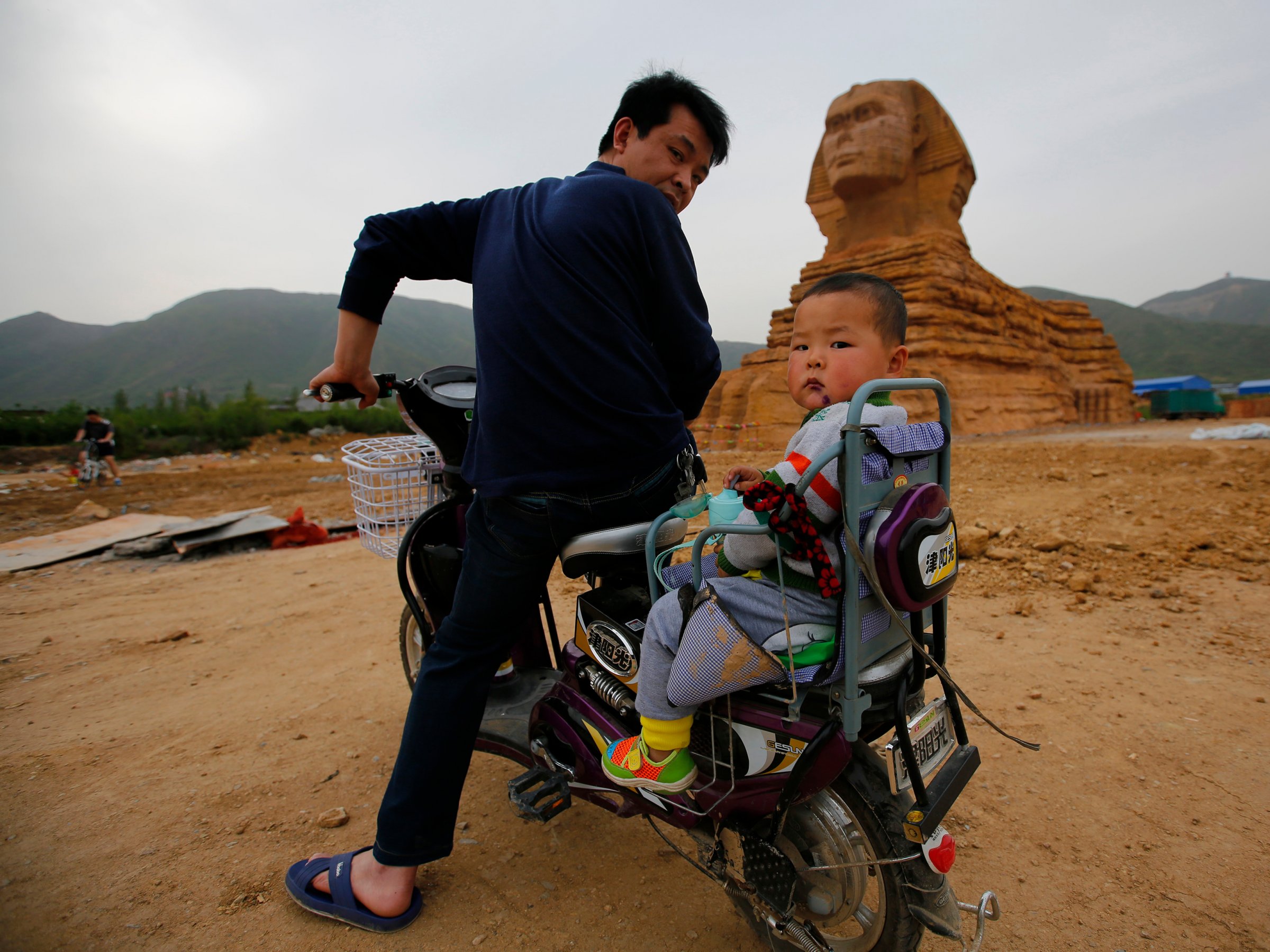.jpg) Reuters
Reuters
The Wall Street story on China has changed.
The restructuring reform promised last year is out the window. China has chosen risk.
Why? Well, because it can wait for now.
“In China specifically, where external debt is low, savings are ample, and maintaining high growth is a priority for policymakers, we do not see a sharp self-imposed tightening as likely in the near future,” Goldman Sachs wrote in a note published to clients on Monday.
In other words, China isn’t likely to start pulling back on the easy credit, or push through the tough reforms the economy requires, anytime soon. The problem with that is that, as debt builds, it’s going to take more easing for policy makers to maintain high rates of growth.
The problem gets bigger. The solution gets harder to pull off. Says Goldman:
“This highlights the importance of interpreting policy signals (e.g. Japan’s shift to policy rate hikes in 1989 and more aggressive controls on credit in 1990 proved a turning point, while investors in China have debated whether the recent People’s Daily article featuring an ‘authoritative figure’ advocating reform signals a shift towards tighter policies).”
By “interpreting,” Goldman likely means “watch what China does, not what it says.”
Suspension of disbelief
Now you may be saying to yourself, Linette, we’ve known for years that China’s economic model is predicated on building debt. This is nothing new.
To that I say, yes and no. Yes, China’s current economic model relies heavily on investment spurring growth, rather than domestic consumption. But the country was supposed to be edging away from that model.
In September, the government made it clear that growing debt and a lack of productivity meant that the time to pull this off was now. That meant winding down unproductive industries, making credit harder to come by, and restructuring the debt on China’s balance sheet.
That’s when the government started talking about “supply side reforms” and laying out some pretty vague plans for turning its economy around.
So for a while, that was enough for most people on Wall Street to believe that hard times were coming – but for everyone’s good. This became the base case – believing in the Chinese government’s ability to handle this situation and commit to reform.
The “authoritative figure” Goldman is referring to, for example, is the author of an op-ed written by the Chinese government that told investors not to lose heart. It said that officials are still focused on mitigating long-term risk.
China’s actions haven’t jibed with that, though, especially after a massive market scare in February after which the government started loosening monetary and credit policy again.
That is why now Wall Street has come to a different conclusion about China’s base case. It is slowly evolving into China is going to delay reforms until it has no choice.
As a result, those problems will become larger and more difficult to manage.
It didn’t take much to find things to support this narrative, either. Take, for example, the fact that developers are paying sky-high prices for land again, just as they did during the hottest times of China’s housing boom. Now, of course, demand is not the same as it was then and prices are even less realistic than they were before.
Having cake and eating it, too
The way Wall Street talks about it, though, there’s no telling how long China can make it like this, given that China owns most of its own debt.
There’s a nuance with that, though, and Peking University economist Christopher Balding nailed it in a blog post recently. It’s that you should believe what Chinese officials have been saying – that they will try to reform the economy while keeping credit spigots on.
The problem with that is that eventually it’s going to take a gargantuan amount of credit to keep things going. He wrote on his blog:
“Beijing is essentially betting that they can manage the risks even if there is a significant financial or economic event that results from their continued economic incompetence which they have been warned about. They are telling us, even if there is some type of financial or economic event, they believe they have the tools at their disposal to address the situation.
“If we unpack this, it becomes a worrying scenario. First, it implies that Beijing continues to pump credit, money, and investment to drive growth. If the level of total credit growth was 4x the level of GDP growth in 2015, imagine how bad it would have been without that level of policy support. We can only expect this level of distortion to continue to increase. Even as the rate of expansion of credit has slowed so far, it still is three times faster than cash flow growth of firms and about 2.5x GDP growth rate. In other words, we should continue to expect more of the same policies that will build up the risks facing the Chinese economy.”
As this debt problem grows, the divide between what China needs and what its government is willing to give will grow as well.
It implies that the economy is running away from the government – that eventually, just maintaining things as they are will be a form of tightening. That’s when reform will come hard, whether officials mandate it or not.
NOW WATCH: A global intelligence analyst explains why the ‘real’ China is not the China we think of













